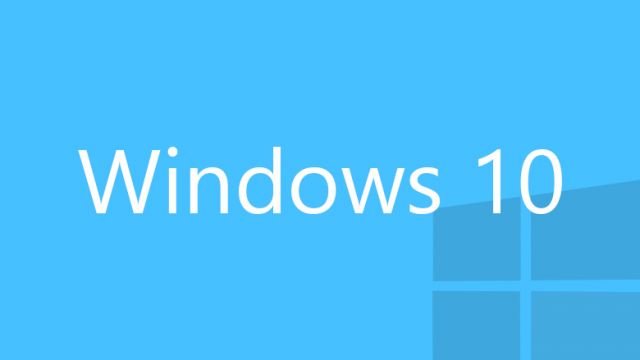Ever since the release of Microsoft’s Windows 10, there has been an ugly stigma regarding Microsoft snooping around our PC’s and gathering information, information that hasn’t been made clear to what is being collected. No apparent transparency on Microsoft’s part and regardless if they were or weren’t collecting information, their silence is was pretty deafening. However several months after the release of their flagship operating system, Microsoft has come clean and has made the public aware of what is actually being collected.
Earlier today, Microsoft announced via blog post by Windows chief Terry Myerson, that the Windows 10 OS is in fact collecting information, just not what you expect. First out the gate, Windows 10 in conjunction with Cortana the personal assistant included in Windows 10, is in fact collecting personal information on you and I, in an attempt to make the the connection between you and Cortana a more personal experience. Information regarding your computers performance is also collected, in an effort to detect any potential issues and to hopefully help you correct them. In addition, some information is also collected to better your experience you and to assist, for example using the auto-correct features.
However, Microsoft has also stated that the consumer does in fact have an option to control what information is shared and do so on the initial install of the OS or later. See this article for more information on that and how to disable those privacy actions. However the company has also stated that certain requirements, such as the safety and reliability data sharing options can not be turned off via the OS, but did mention that the information collect does not pertain to any content such as files or anything that can directly identify you, such as email,you name or account ID. For those who do wish to disable those options, you actually are able to do so via some powershell or some good old fashioned Sc config commands (here).
Finally Microsoft went on record and stated that they are in fact not reading anyone’s email, but they do have custody of it, meaning the emails are held within the OS and on their servers, which is not different than if you were using Gmail, Yahoo, Hotmail or any other email service. That said, it’s still a fine line in the mind of many, who don’t or simply can’t trust Microsoft with governing their emails.
Privacy concerns regardless, it hasn’t stopped Windows 10 from downloaded over 75 million times since the release of the OS. 75 million downloads over the course of 2.5 months is simply amazing, considering how long it took for Windows 8/8.1 to be adopted after its release.
1. #Windows10: More than 75 million devices running Windows 10 – and growing every day. 1/10 pic.twitter.com/g0kqGizU0c
— Yusuf Mehdi (@yusuf_i_mehdi) August 26, 2015
So while I’m happy to see that Microsoft understands that transparency goes a long way, it’s been 2 months since the release of Windows 10 and taking this long to come forth with this information, something they could have released weeks ago, isn’t really helping their case. Regardless if they have finally come clean or not.



